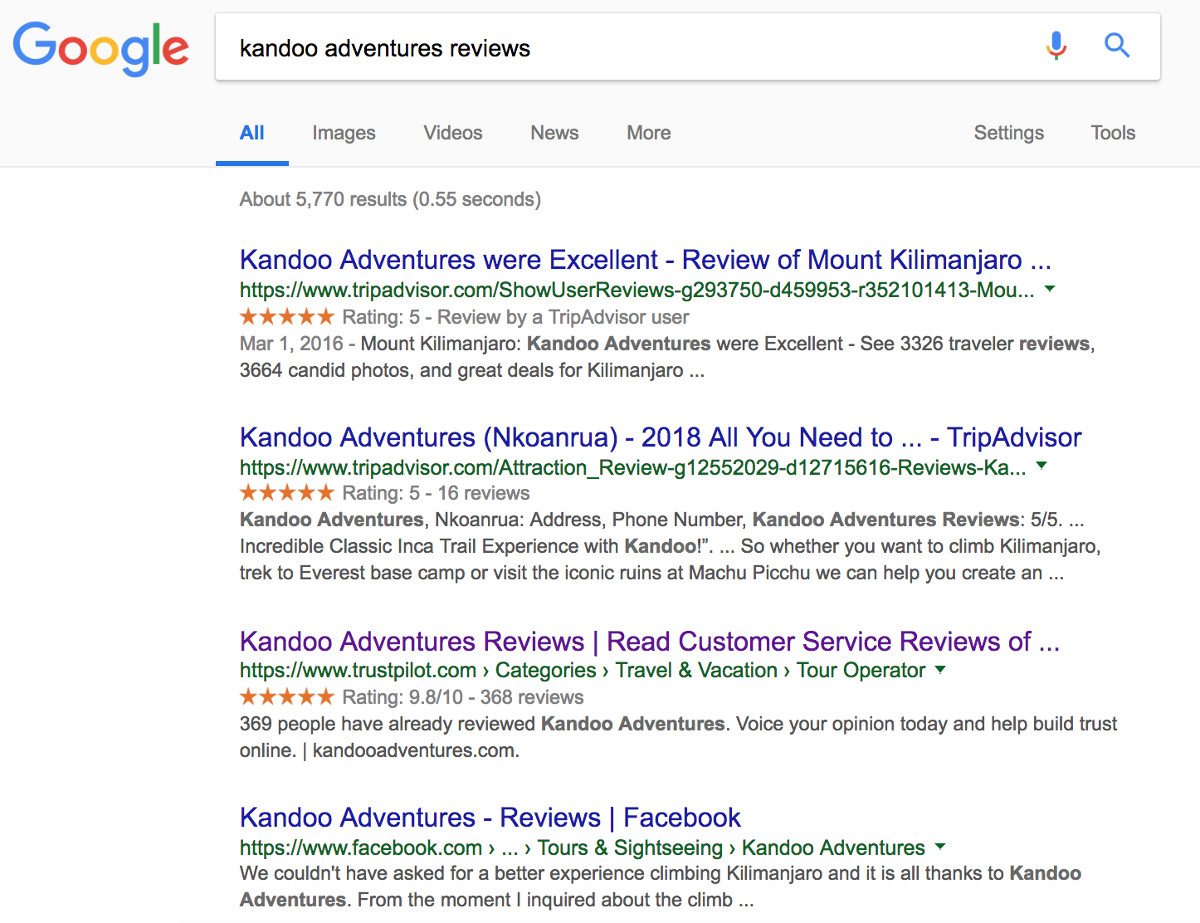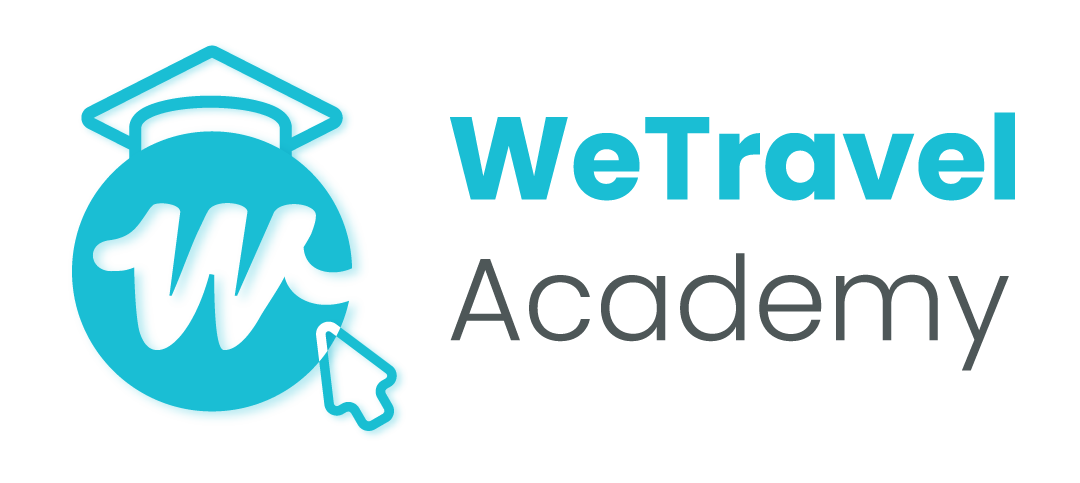How To Generate Leads and New Business From Multiple Travel Distribution Channels
If you are just starting out as a travel operator, or even if you are established, it can be really daunting to think about getting your brand and tours in front of potential customers.
Standard online marketing techniques like SEO for organic traffic are great, but it can take months to rank a website in the search engines.
Moreover, paid advertising via Google or Facebook can provide a steady stream of qualified traffic and leads, but can be quite costly.
The good news is that there are many online and offline distribution channels that any tour operator can get their teeth stuck into immediately.
In this article we look at a detailed selection of distribution channels to market your tours and generate business.
This article is ideal for tour operators who are looking for additional channels, outside of search and paid traffic, to generate leads. We cover topics on scaling your presence on online travel marketplaces and social media, building strategic partnerships with travel agencies, in-bound tour operators and travel bloggers, as well as offline channels.
By the end of the article you will know:
1. How to grow your tour visibility online.
2. How to set up partnerships with travel agencies, in-bound tour operators and travel bloggers.
3. How to diversify your leads via offline distribution channels.
Reading Time: 14 Minutes
Multi-Channel Distribution
As the travel industry continues to evolve, it is important that as a small travel operator you don’t rely solely on your website to get your brand and tours in front of potential customers.
Taking a multi-channel distribution approach is the best way to diversify your sales, broaden your reach and reduce risk.
It can also be a great way to get quick sales, while you spend time building out your website and perfecting your inbound marketing skills.
The three areas we suggest you focus on are:
- Online Channels
- Strategic Partnerships
- Offline Channels
Here are some ideas to get you started in each area.
Online Channels
Google Business Listing
Getting your business listed on Google is a really quick and easy thing to do, but you will be surprised how many travel operators have not registered with Google Business.
In addition to providing a web source for your business address, contact details and opening hours, a Google Business Listing provides legitimacy, a trusted review profile and a place to answer customer questions.
It is also good for improving the search engine optimization of your website. If you don’t have a Google Listing, click here to set one up.

Travel Marketplaces
Online Travel Marketplaces like Viator, Expedia, Veltra, Bookmundi and GetYourGuide have grown exponentially over the past decade.
Marketplaces like these have enormous audiences that you can use to get your brand and tours in front of prospective customers.
Growing your presence on a marketplace can be challenging. Here are the best practice tips to follow.
- Profile Listing: Make sure to write a detailed and unique company description. Do not copy and paste your website’s ‘About page’ text as Google may end up ranking your marketplace listing above your website. Add a high definition image of your logo and ensure that you complete as many fields about your company as possible (address, contact details, etc.). If you can add a link to your website make sure you do so as this is good for SEO.
- Tour Listings: Add 5-10 of your most popular tours and complete the tour information in detail. Spell out your itineraries in full and add exactly what is included and excluded in your trips. Add as many good quality images to your tour pages as possible.
- Promotion and Reviews: Promote your company listing on your social media profiles and on your website. To increase your visibility, try to get as many reviews on your marketplace listing.
For example, here is a marketplace listing from adventure travel company, Intrepid Travel. Notice its company reviews and tour reviews. You can be sure this tour listing generates lots of business for the company.

It’s very difficult to successfully manage multiple marketplace listings, so don’t dilute your efforts. When starting out, we recommend focusing on 1 or 2 marketplaces only.
To succeed on a marketplace you need to invest in your profile and listings. Assign a sales member in your team to manage your marketplace account, generate reviews and keep your listings up-to-date. Where possible, take advantage of marketplace promotions or advertising offers to grow your listings.
The most successful travel operators see their marketplace listings as an extension of their sales arm.
Many marketplaces are free to join, but most take a significant chunk of a travel operator’s margin. It is, therefore, important to keep track of increased leads and sales, with the impact of margin erosion on your bottom line.
Suggested Reading and Resources
- There are many online travel marketplaces, but to get you started here are a few that we recommend: Viator, Expedia Local Expert, Veltra, Bookmundi and GetYourGuide
- At Wetravel, we also offer a great marketplace to list your tours
Pro Tip: There are also specialist marketplaces that cater for specific destinations (e.g. Asian country marketplaces), activities (e.g. safari or cruise marketplaces, like Expedition Cruise) and types of travel (e.g. luxury travel marketplaces). Google “travel marketplace + [destination or activity or type]” to find suggestions.
Tripadvisor Listing
If you are a local travel operator then getting listed on Tripadvisor is a no-brainer.
Tripadvisor’s algorithm uses the quality, quantity and freshness of reviews to rank listings. This means listings with significantly less reviews can still rank high, if the quality and freshness of reviews is better than other listings.
For example, see how the second listing below has 10x fewer reviews than the one above it, but still ranks in position 2 as the most popular Private Tour in Rome.

Like marketplace listings discussed above, a Tripadvisor listing also needs frequent attention to ensure you appear high in search. We recommend assigning a staff member to manage your account.
To succeed on Tripadvisor, you need to focus on growing your listings with reviews, which brings us to our next channel.
Review Networks
Customer reviews are the cornerstone of any service-business, but are particularly relevant for tour operators. Prospective travelers want to know what others think of your tours, and most will seek out reviews before they book.
This means you need to have an established, frequently updated and wide-reaching review profile.
QUICK EXERCISE
Take a minute and Google: “[Your Company Name] reviews”.
Look at the result. Does the search page display lots of different sources where you have reviews or is the search result very thin? How up-to-date are your reviews?
Pay particular attention to the first 5 results. At a glance, does your review profile look strong?
As a tour operator you want to ensure that the first page of a Google search with “[Your Company Name] reviews” looks impressive.

Deciding on which networks to build reviews on can be challenging, as there are so many to choose from.
Our advice is to focus on one well-respected review network, where you build your main review profile. For example, Tripadvisor, Trustpilot, Aito or Feefo are good choices.
Then to diversify your review profile, we recommend getting in the habit of asking your best customers to post on other platforms as well. The few we recommend are:
- Google Business Listing: If you get 5 reviews then these will display on a search result for your brand name
- Facebook: Facebook is an integral part of most consumer facing businesses. Getting reviews to your Facebook business page looks great to customers and always appears high in Google search results for your brand.
- Travel Marketplaces: All travel marketplaces will have a review feature for your tour listings. Building reviews to these platforms will drive up the visibility of your listing and increase leads.
In our article on Reviews, we look at how to grow your review profile in more depth, but as a key takeaway here, we recommend building a structured process into your operation for collecting reviews and diversifying your review profile.
Social Media
Social media is a great way to reach prospective customers. But growing a social media presence can be challenging.
The first decision for a tour operator is which social media platform to focus on. It is easy to cast the net wide and try grow your presence across all networks – Facebook, Instagram, Twitter, LinkedIn, Pinterest, etc. – but seldom is this a winning strategy.
We recommend focusing on just one platform. Generally, for a tour operator, the best platform is Facebook. Although, if your tours are visually marketable then Instagram is a great option too.
Once you have chosen a platform, the next step is growing your social media reach.
There is a science to growing a social media presence, which is beyond the scope of this article, but a key feature that any social media marketer will tell you is to make sure your page has a clear theme or focus, and adds value by being interesting or entertaining.
Check out our recommended resources and reading to scale up your social media activity.
Suggested Reading and Resources
- SproutSocial have a very comprehensive article on growing a social media audience
Strategic Partnerships
Travel Agencies and In-bound Tour Operators
A great way to expand your reach and generate more sales is by partnering with travel agents or in-bound tour operators.
As resellers of your tours, taking a commission of sales, the former make great partners; and the latter, usually like working on a white-label basis, where you become an extension of their brand.
The route that you take will very much depend on your company’s structure, but generally, if you are trying to scale your own brand, then working with an agency that resells your tours is the best solution.
Whereas, if you can carve out a solution where you protect your consumer-facing brand, while building a white-label service for other operators, then the in-bound destination management solution can work really well.
In both cases, you need to get your proposition and pricing right.
Establishing yourself as a reliable and respected ground operator is critical.
Flexibility on tour structure is also key, as are the delivery of great sales collateral that an agency or in-bound operator can use to sell your tours.
In terms of pricing, you will generally need to find 15-25% in your margin to entice an agency or in-bound tour operator.
Once you have your proposition and pricing right, the next challenge is to find agencies or in-bound operators you can work with.
Here are three ways that work well:
- Events and Conferences: Attend major industry events like the World Travel Market (WTM). These can be pricey to attend, but the industry connections you make are invaluable.
- LinkedIn: Invest in a LinkedIn Premium account and approach senior members of travel agencies and global tour companies with a compelling and tailored pitch.
- Direct email: Use good old email tactics to find the email addresses of senior staff at target companies you want to partner with and send them the same compelling pitch.

Travel Bloggers and Affiliates
Another great opportunity to grow your reach and generate leads is by partnering with travel bloggers or by joining an affiliate network.
In terms of travel bloggers, there are literally 1000s to choose from and many are very receptive to partnerships as a way to monetize their blogs.
The trick with forming these partnerships is to find a selection of bloggers who have a decent sized audience and strong search visibility in the countries or activities you sell tours.
Here’s how we recommend you do this:
- Google a keyword phrase that is related to a tour you offer. For example, if you offer hiking tours to Patagonia, search for “Best Patagonia Hikes” or “Hikes in Patagonia”.
- Scroll through the search result. Most results will be tour operators, but some will be travel bloggers. You might need to view Page 2 or 3 of the search result to find a good selection of bloggers.
- Note the contact details of these blogs and check to see if they are not currently recommending or partnering with other tour operators.
- Craft and send a compelling email pitch setting out how they can partner with you to either send leads and get paid per conversion or how you could pay a display fee to have your company recommended on their blog page. Spell out the benefits and how much they could possibly earn.
- Formalize an agreement with bloggers who are responsive and setup a process to track leads and performance.
If partnering with travel bloggers sounds like too much work and you already have an eCommerce shopping cart process on your website, then joining a traditional affiliate network is worth considering.
Affiliate networks use a cookie-based tracking mechanism to follow traffic that is sent from a publisher’s website to an advertiser or retailer. Affiliate networks effectively connect publishers with advertisers, and provide a central place for both parties to track traffic and conversions.
Affiliate networks can be quite pricey to join and most take a cut of the sale in addition to commission paid to the advertiser, however, they can be a great way to generate loads of qualified leads.
Suggested Reading and Resources
- For advice on setting up an affiliate program check out this article.
- Good affiliate networks for travel operators include: Commission Junction, Avantlink and ShareASale.
Associations and Trade Bodies
Joining a trade association is a great way to network with other travel operators and industry players. Why is this important? Well, as the adage goes, ‘your network is net worth’.
Trade associations allow you to connect with like-minded people, share ideas and expose yourself to opportunities and potential partnerships.
Moreover, the best associations give you exposure to a wider travel audience and can add credibility to your brand.
If you haven’t joined a trade association we recommend you research some of the main bodies in your travel niche. Reach out to them and see what benefits they offer members. The few associations that we highly recommend joining include Travel Massive, the Adventure Travel Trade Association and the World Travel Agents Associations Alliance.
Pro Tip: If you offer tours for specific types of activities or countries, make sure to research associations that cover these areas. For example, African travel operators may want to check out the African Travel Association, whereas LGBTQ operators may find value in joining the International Gay and Lesbian Travel Association.
Offline Channels
It’s easy to get fixated on online marketing channels, but often an old school approach is just as effective.
Here are three offline marketing channels to get your brand and tours in front of travelers. These are particularly relevant if you are a local tour operator.
Hotels and Restaurants
Hotels and touristy restaurants are a great hub for word of mouth exchanges and lead generation. Guests are frequently looking for tour recommendations and activities, and they often seek the help of a hotel concierge or a waiter.
To setup strong relationships with hotels, restaurants and other hospitality services you need to:
- Offer a good kick-back commission, and
- Provide great marketing collateral, like a glossy brochure, so that hotel and restaurant staff can promote your services.
Visitor Information Centers
Visitor information centers can also be a great source for referrals and new business. Often visitor information centers are non-profit, local government institutions, so kickbacks and commissions don’t work.
Instead, focus on building a relationship with the staff, so that they know who you are and what you offer. Leaflets, brochures and discount codes are commonly accepted so make sure you get some printed up and displayed prominently in their offices.
Cross-Selling Partnerships
Finally, a great way to get referrals is by partnering with other tour operators or attractions that compliment your services. That way you can cross-sell each other’s tours.
QUICK EXERCISE
If you are a local tour operator, think about all the offline marketing channels you can leverage. Make a list of all the hotels, restaurants and other hospitality businesses you can partner with.
Create leaflets and brochures to share with potential partners and build in a commission incentive for best results.
Summary
The biggest and best travel companies understand that a multi-channel approach to marketing and sales is the best way to create brand penetration and drive diversified leads to their business.
The three main areas that a travel operator should focus on are: online channels, strategic partnerships and offline channels.
Within each area there are many opportunities to grow brand presence. The trick is to prioritize a few channels and focus investment, time and effort in scaling out your reach.
Did you enjoy this article? Get a FREE e-book: 150-page guide that covers everything from establishing a winning travel brand to delivering a market-leading service.
New resources, straight to your inbox
We’re committed to your privacy. WeTravel uses the information you provide to us to contact you about our relevant content, products, and services. You may unsubscribe at any time.




